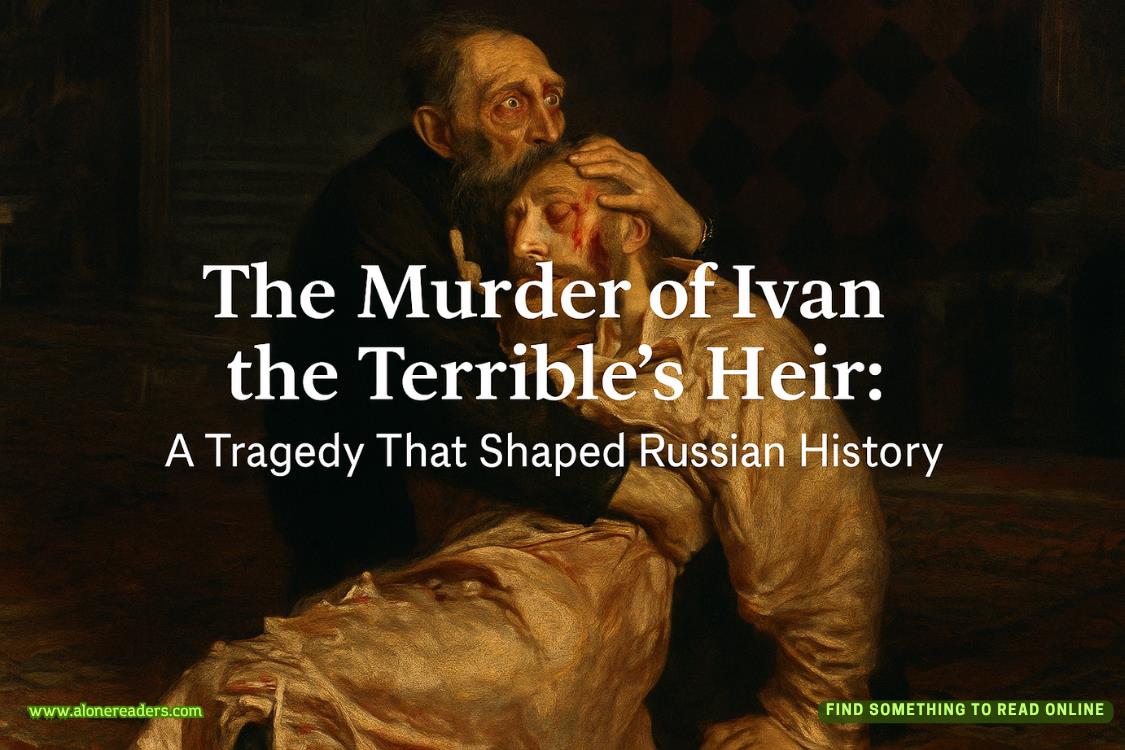—COLINWILSON,THEOCCULT
As I made my way back to the cabana, I toyed with the key in my pocket. I wasn’t sure what was going on, whether this was some kind of game or what, but I didn’t want to waste any time. If Casimir wanted to communicate with me, however indirectly, if she wanted to give me the relic, I was going to listen. I would have preferred that she simply hand over the artifact, but if she wanted to play games, then I would oblige.
A disturbing sensation stopped me on the path just outside my door. Looking around, I tried to understand why I felt so unsettled. Again, that uncanny sense of being watched was upon me, giving me pause as I considered a previously unexamined possibility. If Casimir knew my name, could it mean she was somewhere nearby? Perhaps even somewhere on campus. A brief image flashed before my mind’s eye: wild woman of the forest, leaves in her flowing tresses. I gazed toward the darkness of thewoods. Could she be out there somewhere even now? Watching me? And if so, could she be dangerous? The sirens the other night, what if it wasn’t about a dog? What if the danger we were dealing with was actually Casimir?
Back in my cabana, I spread the little scroll before me on the desk and considered it. I couldn’t help but note the different level of attention the author had given to the wordtrivial.Ceci n’est pastriVial, it had said, meaningthis is not trivial,and indeed it wasn’t, but with the V capitalized and the word underlined, it was clearly meant to draw focus. My first thought was that it might be an anagram. If one wants to hide meaning in plain sight, it was easy enough to do so by disguising it within another word. It was, in fact, a favorite trick of mine.
With a pad of paper and a pen, I started rearranging the letters, beginning with words that began with V. Vitrial—not a word. Valirit—not a word. Vitrail—wait a minute. I tapped my pen against my bottom lip. That was a word in French, wasn’t it? Something architectural, though I couldn’t quite place it. I looked it up, but before I’d even hit Enter, I knew what it was.Vitrailmeantstained-glass window. The corridor on the second floor of the library.
Without hesitation, I headed up to the main house. After a quick hello to Finn and Dorian, who were having coffee in the dining room, I made my way to the library as if I meant to work as usual, but instead of descending to the scriptorium, I stopped in the main room of the library and climbed the creaky staircase to the second floor.
It was quiet up in that hidden corridor, and as I slipped the key into the old oak door, it eased its way in and then, with a satisfyingthunk,it turned. Eureka! The door opened onto a simple storeroom filled with neatly stacked boxes and metal filing cabinets, and at the back of the room was another ornate woodendoor. I made my way through the stacks to the door and tried the handle, but it was locked, and when I tried the key, it didn’t work. Swearing under my breath, I turned my attention back to the room and started searching.
I couldn’t be sure these were Isabelle’s things, but it seemed fairly likely that this room was where Dorian was storing her belongings. Methodically I began sifting through the boxes, but they seemed to be mostly filled with receipts and work orders. Nothing jumped out at me as particularly useful, and the relic was nowhere to be found. After about forty-five minutes, I slumped down and sat with my back to a box and glared at the door at the back of the room. Why would my key open only the antechamber? Shouldn’t it open both? And what was so secret that it needed to be closed up behind two locked doors? Would I need to find yet another key to open that? But just because something was locked didn’t necessarily mean it could only be opened with a key. Weren’t there whole YouTube channels about how to pick locks? There was nothing stopping me from watching a few DIY lockpicking videos. I didn’t necessarily need an ornate key.
A short googling stint led me to believe that I was most likely dealing with something called a warded lock. This was a fairly old kind of lock, one that was commonly used in monasteries. Unfortunately, such locks were among the most difficult to pick. I had to accept that as a novice with no specialized tools, I was unlikely to make much headway.
I was about to leave when I noticed something that had escaped me when I’d first entered the room. The square decorations along the baseboard looked strange yet familiar. The indentations around the square were especially deep. I moved over to one and bent down to press the square, and it sprang open to reveal a small hiding space or cupboard. I reached inside butfound nothing. Then I moved on to another and yet another. In the third I found the box.
It was medium-sized and made of dark wood, with a carving of a bee on its top. It opened easily, and inside I found a deck of cards and a velvet bag filled with metal tiles. I didn’t know what it could mean, but I knew I wanted to examine it more closely. As I closed the cupboard and stood up, box in hand, I had a vaguely uneasy feeling that there was something else, and that I was missing it. But more than that, I was overcome by the need to be out of the room before someone caught me.
As I made my way downstairs, excitement began to build in my chest. I suspected I was on the verge of something extraordinary. I just didn’t know what.
Back in my cabana, I drew the curtains and climbed onto the bed, tucking my feet underneath me, a delicious excitement building. I opened the box and examined the contents more closely. First, I inspected the deck of cards. They were bound by a plain green rubber band that seemed at odds with the gorgeous design on the back of the cards. Almost like a web of fractals, it spun out from a central point, cascading toward the edges, where it disappeared yet seemed to go on forever. I turned over the first card and was greeted by the image of a peasant planting crops in a field. Another card showed an angel descending from above. A third showed an owl-woman sitting on a pillar, a curtain of ivy behind her. I got a bad feeling when I looked at that one.
I shuffled through a few more cards, the art on each more bizarre and sinister than the last (a rotting corpse, a wasteland of smoldering rubble, a small girl missing both eyes—scarlet caverns where these ought to have been), and then put the deck aside. Next I pulled out the velvet bag and dumped the metal tiles onto the bed. There were images on the tiles, almost like runes.
There were only nine tiles in all, which I organized into sets of three. One set showed three phases of the moon: a bright crescent, a waxing moon, and a dark crescent. The second set depicted a series of curving lines: one that resembled a stylized S, an image that looked like ocean waves, and then two curved lines intertwined and turned on their side. The third set showed a square divided into four parts, eight parts, and finally, a square divided into multiple parts that seemed to be fracturing to the point of disintegration.
The cards and tiles were clearly implements of divination, but ones with which I was unfamiliar. And I must say, this in itself was odd. My academic research often intersected with prophecy and fortune-telling, and as such, I was very familiar with most systems of divination. I knew how to cast runes and read tarot, and how to throw yarrow stalks for theI Chingand read tea leaves. I even knew about the general process one would use to divine the future by reading bird entrails (haruspicy, as opposed to anthropomancy—don’t look that one up on a full stomach). But even though there was something vaguely familiar about them, I’d never seen these specific systems before. The cards seemed related to tarot, but they weren’t tarot. Nor were they any other generally accepted implements of cartomancy—the Lenormands, for example, or oracle cards. Similarly, the tiles nearlyresembled runes, but they absolutely were not runes. They bore circular images that were purely pictographic, not runic glyphs. I was definitely intrigued and more than a little unsettled. What was a scientist doing dabbling in the occult?
Startled by a knock on the door, I panicked. “Just a second,” I called as I shoved everything under my mattress.
When I opened the door, I found Aspen there, holding a tattered book. “I found your hoopoe’s blood,” she said with a grin.
“You did?” I was so thrilled I had to stop myself from hugging her. “How did you find it? What is it?”
“Don’t get too excited, because I don’t have the full picture yet.” She held what appeared to be a weather-worn journal.
“What is that?”
“It belonged to a skilled herbalist who studied with Paul Sédir, the French occultist who wroteLes Plantes Magiques. His journal was passed down to me. In it, he talks about reading a rare nineteenth-century botany book, and in the footnote of an entry on belladonna, he came across an ancient recipe for witch’s ointment.”
“Seriously?” Excitement surged through me. If the herb mentioned in the Joan of Arc–Gilles de Rais letter was indisputably an ingredient in a witch’s ointment, I was one step closer to proving my theory.
“Here’s the fascinating thing, though,” she said. “Apparently, it doesn’t stand for a single herb. Instead, it seems to have appeared almost exclusively in grimoires and was used as a kind of code or stand-in for various ingredients often too horrific or criminal to write down.”
“So it could mean anything?”
“You can read for yourself, but it looks like the only thing it’s definitive for is witchcraft.”
She let me keep the journal, provided I was careful with it, soI took it to the scriptorium and spent the next few hours combing through it. It was fascinating as a historical text, but if there was something else useful in it, it didn’t immediately jump out to me. Eventually my energy started to wane. The weight of an overly long day upon me, I yawned and let my head rest on the desk. I told myself I would just close my eyes for a few minutes, but really, I was edging ever closer to sleep.
I sat at the desk, only now I knew I had to be dreaming, because Isabelle Casimir stood in front of me.
She wore a commedia dell’arte mask with ribbons that trailed down over her bronze shoulders. Her long black hair was soaking wet, and pondweed clung to her damp dress. A gust of cold wind swept past as she raised her arm and pointed to the corner of the room, where instead of the wall that should have been there, now stood a wooden door shaped like an arch. A curious buzzing seemed to emanate from it. The door swung open to reveal a shelf that held a single book that bore a familiar blazing orange sun on its cover. It was illuminated by a shaft of light from some unseen source.
I jolted back into consciousness to find myself still at the desk, alone in the scriptorium with all the walls exactly as they should be. Struggling to get my bearings, I tried to understand what I’d just seen.















